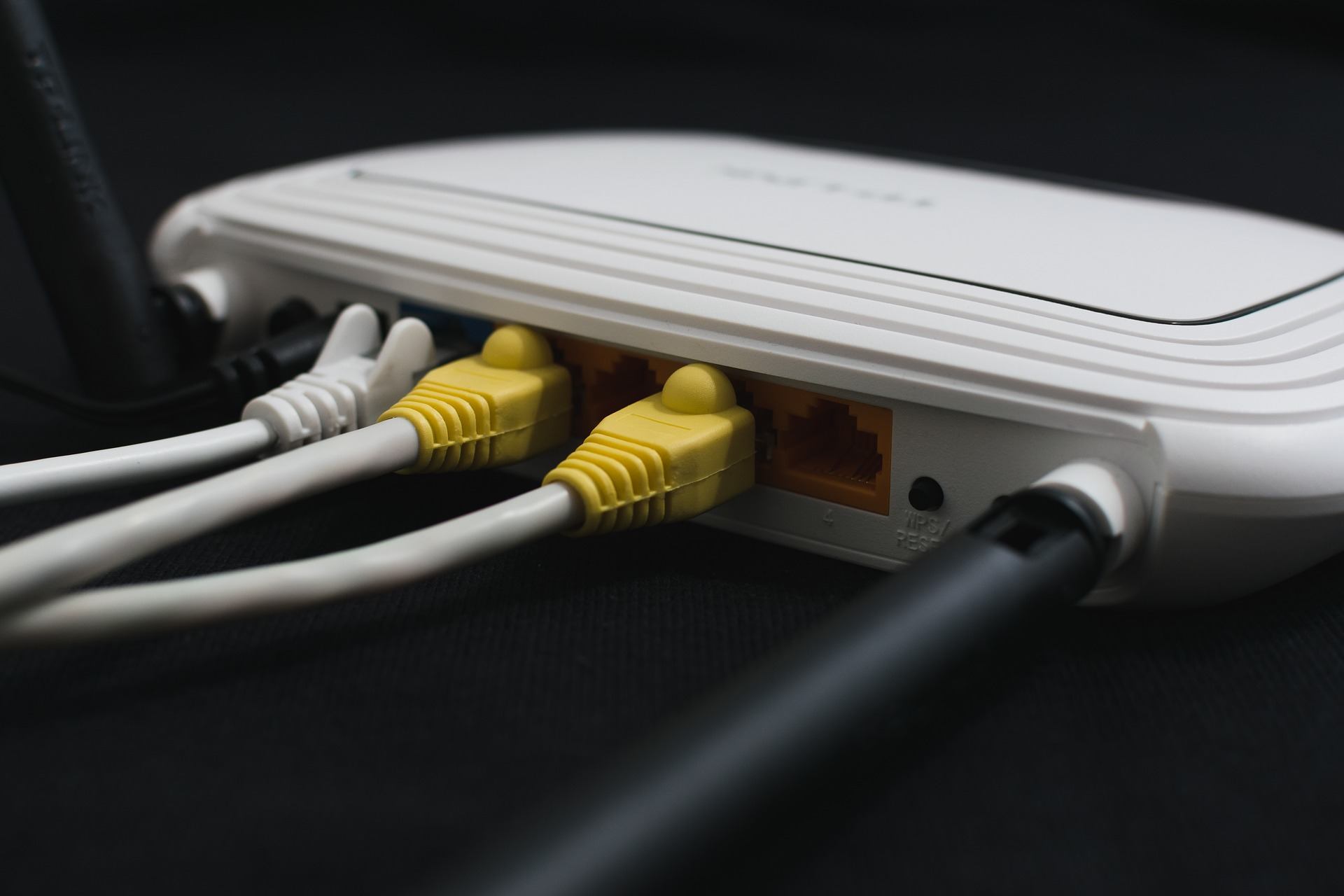SSID’s Less is More

It’s a familiar scenario worldwide for mobile device users: We take them to the coffee shop; click “WiFi” for an automatic connection, or maybe select from a handful of ‘service set identifiers’ (SSIDs) within range.
‘SSID’ Best Practices
If the choice is 4 or fewer SSIDs, then ‘hats off’ to the network administrator for following ‘best practices.’
Liken this to having a conversation with a number of people in the same room. Everyone is talking at the same time, but no one is really ‘getting through’ because their ‘data packets,’ if you will, are colliding enroute to recipients.
Similarly, while the number of users and data packets transmitted through the network affects overall performance, administrators focus on overhead on each SSID to avoid “devices transmit(ting) at the same time.”
It’s all about the SSID ‘overhead.’
Simply put, by increasing the number of SSIDs on the wireless network usable traffic decreases.
The ‘overhead’ for each SSID is comprised of beacons that announce to the world that “I’m available!” But a lot of beacons mixed with coincidental wireless channels and APs results in network congestion.
Regarding ‘beacons,’ the eGenius website notes:
“Client devices depend upon these beacon frames to discover what networks are available (passive scanning), and to ensure that the networks that they are associated with are actually still present and available.”
“Less is more!”
Reducing the number of beacon frames (fewer SSIDs) means less overhead on the wireless network. By keeping the number to 4 or less, clears up the channel for more efficient airtime for wireless users to send and receive data.
Restrictions placed on unmanaged BYOD devices, as well as guest wireless networks, prevent these users from accessing the company’s internal network. Often, these 2 SSIDs are centralized into a single SSID.
Even with more complex wireless setups, administrators can design the system so all the clients are aligned to a single SSID.








Recent Comments